シン・ゴジラ or Godzilla Resurgence (2016): ‘The Political and Cultural Icon’ – A Film Review
シン・ゴジラ
Introduction
Gojira (ゴジラ) or Godzilla, a national icon of Japan has been in hibernation for 12 years since Godzilla: Final Wars – the 28th Godzilla movie marking 50 years of the kind of the monsters. Toho in 2016 released their own monster once again on Japanese audiences. Directed by Neon Genesis Evangelion director, Hideaki Anno, and co-directed by Attack on Titan : Part 1 director, Shinji Higuchi; Shin Gojira (or Godzilla Resurgence in the USA) quickly built up a promising reputation based on monster movie veterans. The film also features acting talent from people like Hiroki Hasegawa (Attack on Titan) Shinya Tsukamoto (Tetsuo: The Iron Man) and Jun Kunimura (Godzilla: Final Wars). Since America’s second return to Godzilla with Godzilla (2014) saw the promising start to the MonsterVerse continuing with 2017’s Kong: Skull Island; it should be no surprise that the King of the Monsters should wake up and destroy Tokyo – his Japanese birth right…
Ratings
|
Entertainment: |
|
|
Performances: |
|
|
Predictability: |
|
|
Technical: |
|
Gojira as Real
Although Shin Gojira is a beautifully shot film, technically it’s a special effects film. However, just focusing on the special effects is a tricky subject for Gojira; on the one hand it’s a legacy in ‘suitmation’ (guys in monster suits filmed in slow motion to give greater weight to their movements), but on the other hand it’s a film centred on wide spread destruction. So Shin Gojira had a hard balance to strike. Gojira was made to have rubbery skin but also is dependent on CGI that doesn’t look real or there at times but does give a great sense of scale. The destruction on the surrounding areas is very realistic and not since Gojira (1954) has the damage really hit home. Godzilla (2014) tried its hand at this but for a country like Japan, that has had so many natural disasters and has personally seen the atomic bomb twice, it’s no surprise they seem to be the only ones to get it right.
So the effects feel oddly appropriate. Perhaps Gojira shouldn’t seem so real, although initial designs seem to almost rob dignity from the destructive beast (he has four forms – mirroring his four film phases – Showa, Heisei, Millennium and Shin) and end with moments of Fantasy/Sci-Fi that feel to take Gojira away from its animalistic grounding. This may sound strange for a monster who breaths atomic breath; but splitting jaws, changing forms and atomic breath from almost every point of the body has leant it to the criticism: This is Hedorah not Gojira!
Who are the Real Characters Anyway?
With many of the films in the Gojira series, criticism falls at the human characters as ultimately the star of the show is Gojira. He is the Superman of Japan (if Superman was more animal than self-righteous), so to craft good characters into the story has proven tough. Here we see a lot of the same things: political meetings about dealing with Gojira. Though this would only scratch the surface. What we’re actually shown is the Dr. Strangelove or: How I Learned to Stop Worrying and Love the Bomb of Gojira. The dark satire taps into recent natural disasters that the Japanese government has failed to respond to. Furthermore the collective and reserved characters are driven by a shared sense of guilt and responsibility. The characters are therefore difficult to understand by western audiences and once again it feels like Gojira is quintessentially Japanese. It is the collective and not the individual that fights the threat and it is the political reaction to the natural disasters in Japan that this film is concerned.
Conclusion – (B)Reaching Boarders
Shin Gojira is a perfect cultural study and demonstrates how attitudes to Japan and Godzilla has still got barriers. In Gojira the film was reedited with an American, Raymond Burr, forcibly inserted into scenes to explain the action; missing a lot of what Toho had meant for Japan and making it more American. Shin Gojira doesn’t have this change but, in a similar way to how Sharu wi dansu differs to Shall We Dance? in cultural and societal norms – Japanese reservation and social obligations as opposed to passionate individualism (Full analysis given to this comparison here), Shin Gojira will have its lost in translation. Go for Gojira, beware the designs and from time to time there are issues with pacing as events unravel slowly, and don’t go looking for a character story but a society story.
A Note on My Reviews
Please read ‘On Reviews‘ for a guide to how I write film reviews. Any spoilers are appropriately marked and, though I personally prefer to know little about a film before seeing it, there is a synopsis below for any who wish to see one.
Synopsis
Shin Gojira is a reaction to the nuclear disaster Fukushima Daiichi and the Tohoku Earthquake and Tusnami; Gojira rises into Japan and a government tries to contain it and protect its citizens whilst struggling to keep to cultural relations. It seems that Gojira can’t be dealt with.
Films Mentioned
Attack on Titan : Part 1 (d. Higuchi Japan 2015)
Dr. Strangelove or: How I Learned to Stop Worrying and Love the Bomb (d. Stanley Kubrick USA/UK 1964)
Godzilla / Gojira (d. Gareth Edwards USA/Japan 2014)
Godzilla: Final Wars/Gojira: Fainaru Uozu (d. Ryûhei Kitamura Japan/Australia/USA/China 2004)
Gojira (d. Ishiro Honda Japan 1954)
Kong: Skull Island (d. Jordan Vogt-Roberts 2017)
Neon Genesis Evangelion (d. Anno, Kazuya Tsurumaki Japan 1997)
Sharu wi dansu (d. Masayuki Suo Japan 1996)
Shall We Dance? (d. Peter Chelsom USA 2004)
Shin Gojira (d. Hideaki Anno, Shinji Higuchi Japan 2016)
For More on Shin Gojjira
Interview with Shinji Higuchi and Keiichi Sakurai (Cinematographer)
Interview with regards to Sequels
IF you liked this try…
Godzilla (2014) Film Review
Kong: Skull Island Film Review
Jurassic World Film Review
Pacific Rim Film Review
Kaiju Cinema Narratives – An Essay on Cinema
Gojira in Defence of Kaiju Cinema – An Essay on Cinema
This has been an analytical review for the Toho Film:
シン・ゴジラ / Shin Gojira (d. Hideaki Anno, Shinji Higuchi Japan 2016)


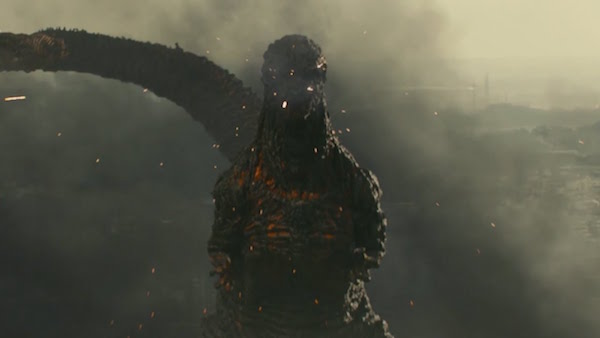
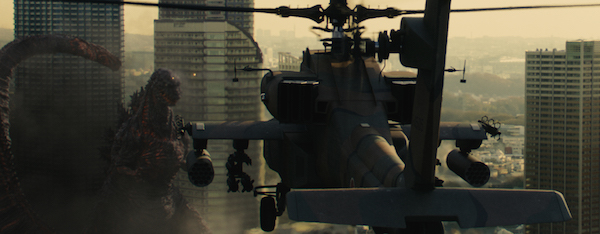
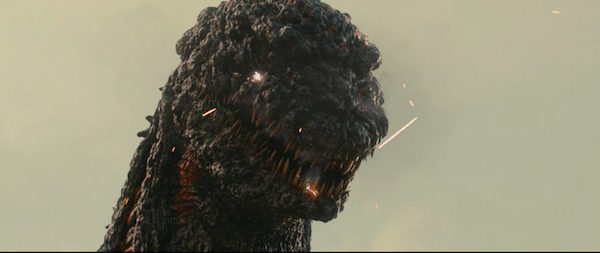
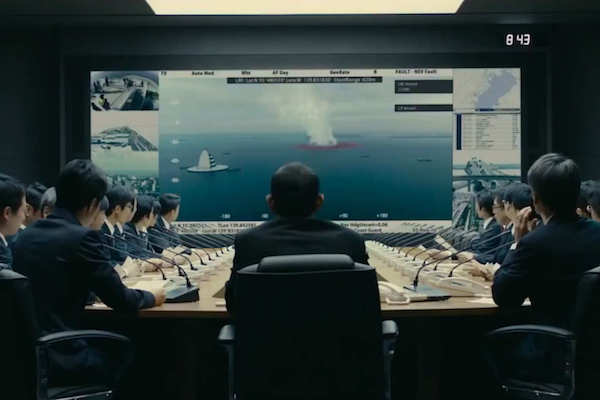
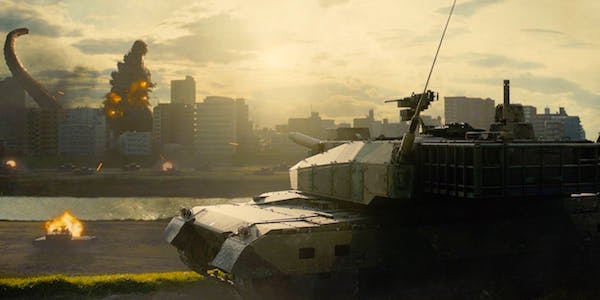



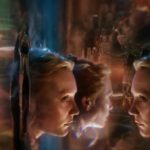


Leave a Reply